It’s just over five weeks since we hosted farmers at our Tullamore Farm open day in Co Offaly.
One of the features in the yard that drew a good deal of attention was the new four-bay slatted and dry beef shed that had recently been constructed.
The gross cost of the shed was €112,269, but less VAT, TAMS aid and the contribution from the farm owner, net cost to Tullamore Farm was €39,438.
While all agreed on the day that the shed itself was good value for money, many farmers pointed out the cost of the slat rubber. The slatted pens consist of standard 4.8m long bays with a 14’6’’ slat installed.
The concrete slats for the shed totalled €6,000 while the slat rubber also totalled €6,000. It was highlighted by some farmers that the slat rubber was an unnecessary luxury and offered poor value for money.
When should slat rubber be installed?
In certain cases, this could be argued to be true. Trials completed by Teagasc have shown that over a 120-day winter housing period, there was no significant difference in growth, feed efficiency, cleanliness scores and hoof health of weanling cattle.
The same could be said for dry, spring calving suckler cows that only need to maintain or slightly improve their BCS over the winter period.
However, the results from the Teagasc Grange trials for finishing cattle, conducted by researcher Cathy McGettigan, showed different results. Finishing steers accommodated on rubber mats had enhanced growth and feed efficiency, exhibited lying behaviour indicative of improved comfort, and had an increased dirt score at slaughter, compared to steers on concrete slats.
In the trial, steers housed on rubber mats had increased daily liveweight gain (DLWG) compared to steers housed on concrete slat floors (CSF).
This led to an increased liveweight at slaughter of +18kg for steers housed on rubber mats, with an increased carcase weight of +11kg.
This increased slaughter weight likely led to the slightly higher carcase conformation score across the trial groups.
Will rubber mats pay for themselves?
Let’s take the Tullamore Farm shed for an example. Each pen is 24.48m², equivalent lying space for nine finishing animals, with a total shed capacity (not including the straw lie back area) of 36 animals.
At an increased carcase weight of 11kg per head, the overall increased carcase increase across the group would be 396kg. At today’s current base prices of €4.80-€4.85/kg, this is the equivalent of an additional €1,900-1,920.
Not taking in to account TAMS aid, a farmer would have paid off the cost of the slat rubber in less than three years when VAT is subtracted from the gross cost of €6,000 from increased weight gain alone.
The main reasons for the use of slat rubber on the Tullamore Farm was for the finishing of our young bull beef animals. Not alone will we see increased weight gain, but we are also less likely to see injuries from slips or falls with bulls mounting each other.
Slat rubbers generally give increased grip, which helps to prevent injuries. Where farmers are housing autumn calving cows on slats, use of rubber matting will help with heat detection, with cows more likely to mount with improved grip underfoot.
Not all mats are equal
However, different rubber mats have shown significant differences in the liveweight gain and carcase weight of animals housed on them. Further trials by Teagasc analysed three different rubber slat mats in comparison to bare concrete slats (Table 2).
Mat 1 had the largest daily liveweight gain, and consequently had the highest carcase weight at the end of the trial.
Mat 2 had the lowest liveweight gain across the three mat types, which was actually 0.1kg less than steers housed on bare concrete slats. Mat 3 had a carcase weight of 4.7kg less than Mat 1, although this was 6.4kg heavier than steers housed on Mat 2.
One of the main differences noted between the three mat types was the Shore A hardness. The Shore A hardness scale ranges from 0-100°, with 0° being very soft rubber up to a high of 100°. The rating for mats 1,2 and 3 was 64°, 70° and 61° respectively, showing a link between the hardness value and the liveweight gain and carcase weight.



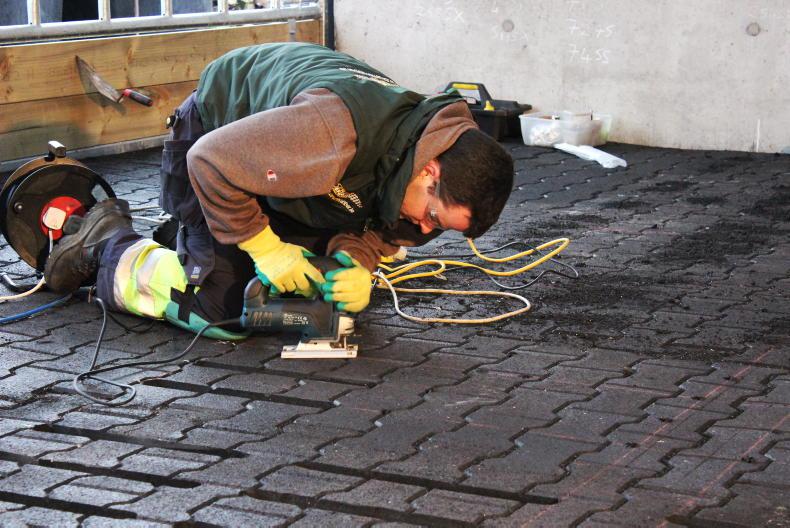

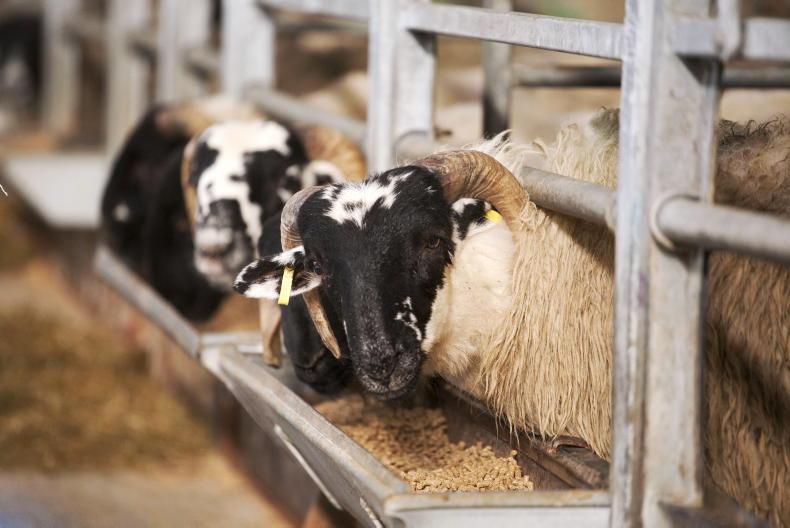

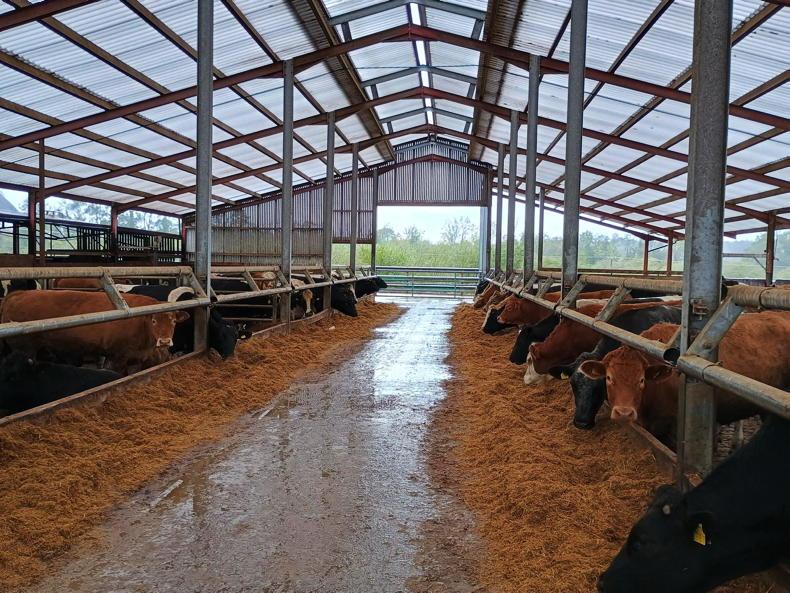
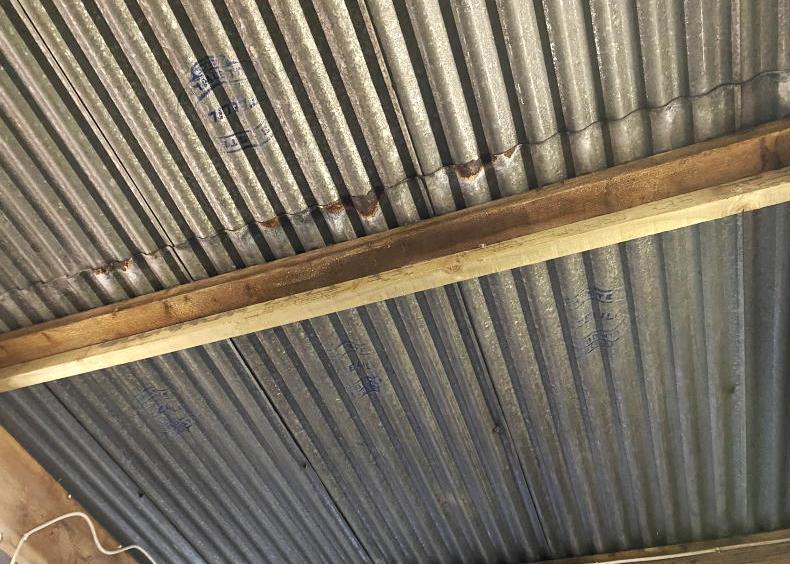
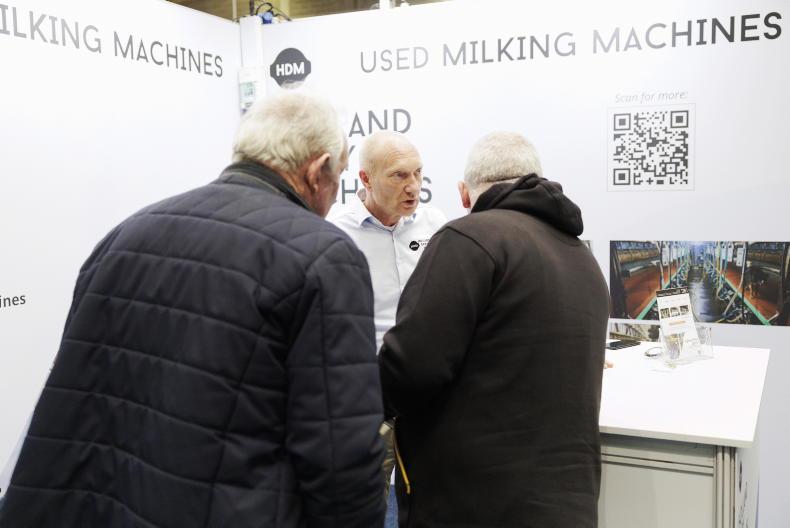
SHARING OPTIONS